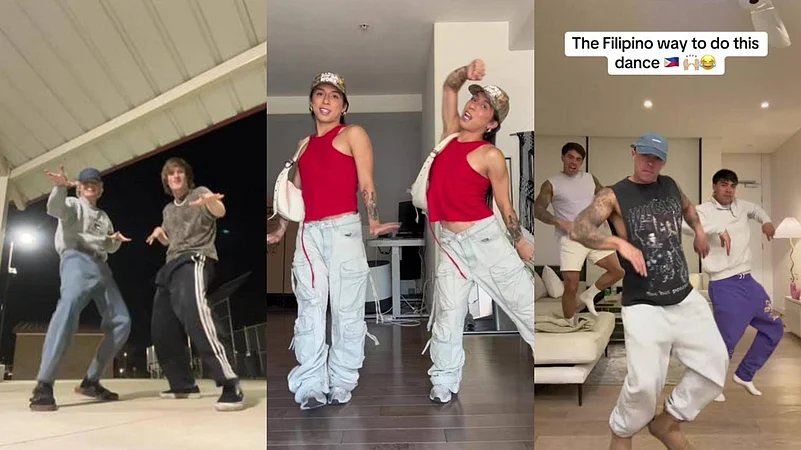If you’ve scrolled through TikTok recently, you might have heard the catchy refrain, “Paging Dr. Beat! Emergency! Emergency!” This remix, layered with a wobbly bassline and high-pitched sounds, is making waves across the platform. Users have jumped on the trend, showing off outfits and lightly swaying to the beat. Even celebrities like Kamala Harris and Olivia Rodrigo have joined the fun.
Budots Is Going Viral On TikTok—Here’s What You Need To Know About the Dance Craze
Budots, a Filipino dance style originating from Davao City, is taking TikTok by storm. The track “Emergency Budots” has become a viral sensation, but many TikTok users are missing the mark with their dance moves.

However, there’s a bit of a misstep happening here. The track in question, DJ Johnrey’s remix of Miami Sound Machine’s “Dr. Beat,” is actually a part of a Filipino electronic dance music style known as budots. And while TikTok users are having a blast, they’re not quite nailing the authentic budots moves.
The Real Deal: What Is Budots?
Budots, which translates to “slacker” in the Visayan language, originated in Davao City, located on the Philippine island of Mindanao. It started as a street dance associated with local youth culture and drug use. However, over time, budots evolved into a distinctive musical genre. DJ Love, a prominent figure in this scene, played a crucial role in its transformation. In the late 2000s, while working at an internet café, DJ Love began producing tracks that mirrored the vibrant dance seen on Davao’s streets. His approach included the slogan “Yes to dance, no to drugs,” marking a clear break from budots’ earlier, drug-related associations.
Budots is characterized by its electronic and house music influences, featuring energetic beats, and dramatic sound effects such as vinyl scratches, sirens, and whistles. Unlike many dance genres that emphasize melodic verses and choruses, budots tracks often rely on repetitive vocal samples. The genre’s tempo typically features a 140bpm four-on-the-floor pattern, creating a lively, upbeat rhythm that’s both infectious and distinctive.
By 2007, budots had gained traction on local radio stations in Davao City. The genre’s popularity soared in 2008 when Ruben Gonzaga performed the dance on the reality show “Pinoy Big Brother,” leading to widespread recognition. A 2012 segment on the Philippines news show “Kapuso Mo, Jessica Soho” further cemented budots’ place in mainstream culture.
Budots didn’t just stay in the realm of street culture. Politicians saw its potential as a tool for public engagement. In 2015, while running for president, Davao City Mayor Rodrigo Duterte released a video of himself dancing budots with teenagers, which quickly went viral and bolstered his populist image. The trend continued with former movie star Ramon “Bong” Revilla Jr. incorporating budots into his Senate campaign ads in 2019.
Today, budots is a significant part of Filipino culture, featured in countless online song and dance compilations, and even in Christmas remixes that bring holiday cheer across the country.
TikTok’s Take On Budots
Despite its deep-rooted cultural significance, the recent TikTok trend has somewhat missed the mark. The dance associated with the “Emergency Budots” track involves smooth, exaggerated movements and a low stance, which many TikTokers overlook. However, this has sparked a new trend where enthusiasts are correcting the dance moves, bringing much-needed attention back to the authentic style.
Last year, DJ Love’s appearance at a Boiler Room set highlighted budots on an international stage, signaling its growing recognition and respect within the dance music industry.
-
Previous Story
 Amid Hurricane Milton, Trump Insults Harris And Women At Pennsylvania rally
Amid Hurricane Milton, Trump Insults Harris And Women At Pennsylvania rally - Next Story



















